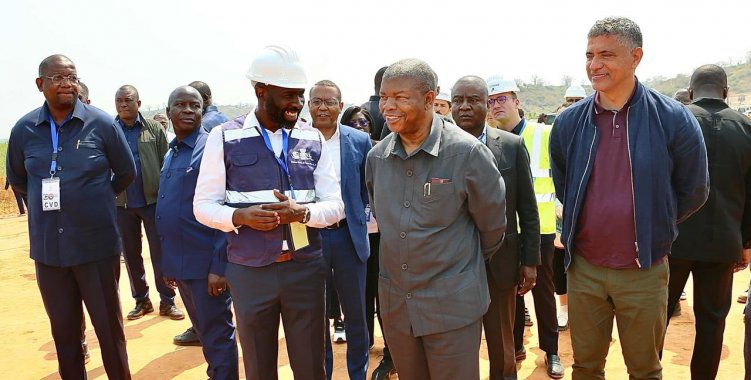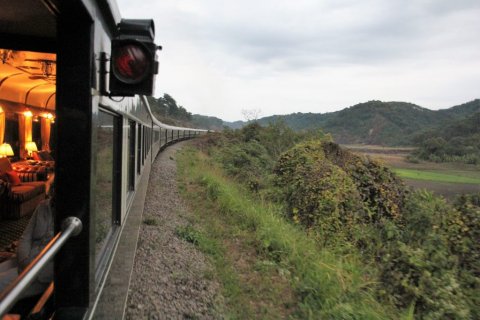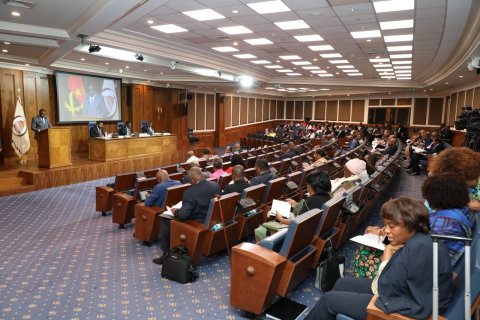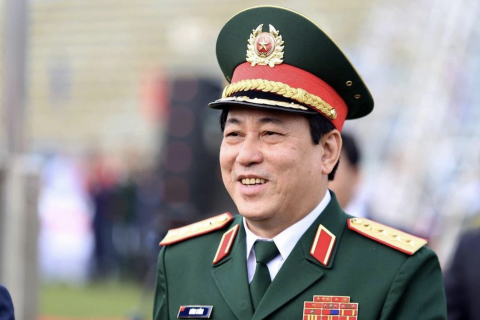Having set aside "several hours this Wednesday" to visit these two projects, the head of state was briefed on the progress of work on "the two largest water collection, treatment, and distribution projects for Luanda and Icolo e Bengo."
According to a statement from the Presidency of the Republic, which VerAngola has seen, the Quilonga Grande project is approximately 51 percent complete and is expected to benefit more than six million residents.
"The Quilonga Grande Water Treatment and Supply Plant is 51 percent complete, representing a public investment of over two billion dollars, and the water it produces will reach more than six million residents," the statement reads.
Regarding jobs, at the current stage of construction, this project "guarantees employment for approximately 400 workers, the vast majority of whom are young."
The Bita project, according to another statement from the Presidency, which VerAngola has seen, will benefit three million consumers when it begins operations.
Similar to the Quilonga Grande project, the President also "devoted generous time to listening to technical explanations about the progress of the construction work at the Bita Station, visited the various components of the complex, and went to the banks of the Kwanza River at the exact point where the liquid of life will be collected and transported to the infrastructure that will serve as a storage facility, treatment site, and delivery point to supply centers, before reaching the taps of homes, industries, and other consumers".
The Chinese company Sinoydro is responsible for the Quilonga Grande project, which began in February of this year in the province of Icolo e Bengo and is scheduled for completion in December of next year.
The project, according to Angop, has a budget of 491 million dollars and is part of System 5, which is expected to collect water from the Kwanza River and can treat up to 518,000 cubic meters per day at a treatment plant.
Among other aspects, the project envisages the construction of 11 distribution centers, over 2230 kilometers of water network, 362,225 household connections, and 1240 public fountains.
In statements during the president's field trip, the Minister of Energy and Water, João Baptista Borges, guaranteed that the water supply for Luanda and Icolo e Bengo will reach 65 percent coverage by 2027, when construction on these two projects is completed.
Quoted by Angop, the Minister of Energy and Water stated that Angola currently has a national water access rate of approximately 56 percent, while the capital has a rate below the national average (46 percent access to the public water supply network).
Among other aspects, Baptista Borges reported that the two projects will produce 750,000 cubic meters of water by capturing the Kwanza River, storing it in distribution centers, and then transporting it to the distribution network, where it will later be transported to residential areas.
It is worth noting that, in October of last year, the Minister of Energy and Water announced that the government was investing more than 7 billion dollars in projects to supply water to the population and combat the country's drought.







